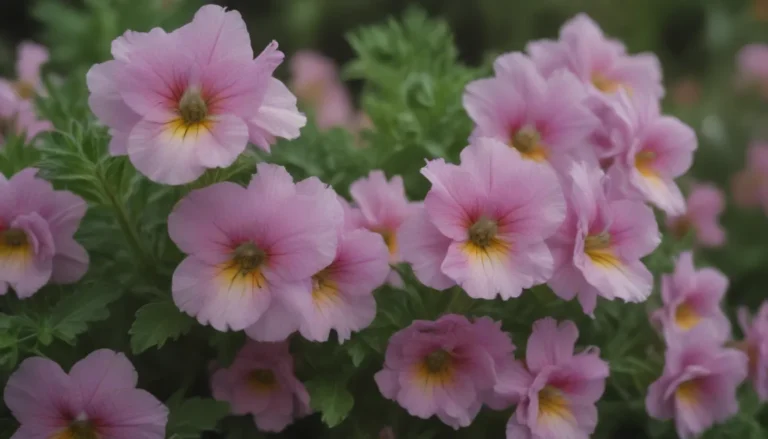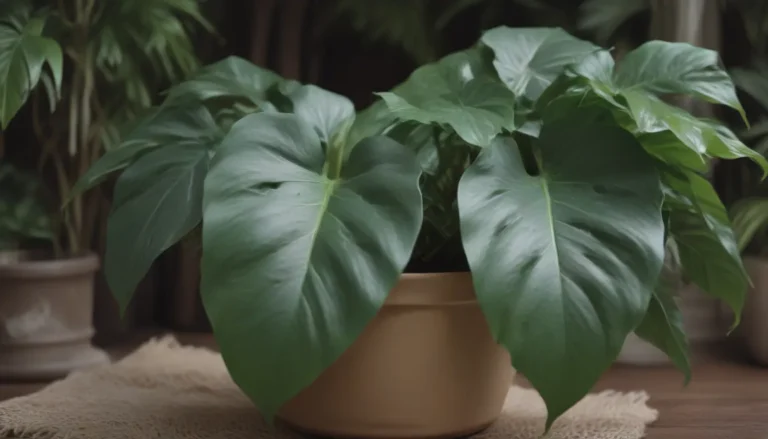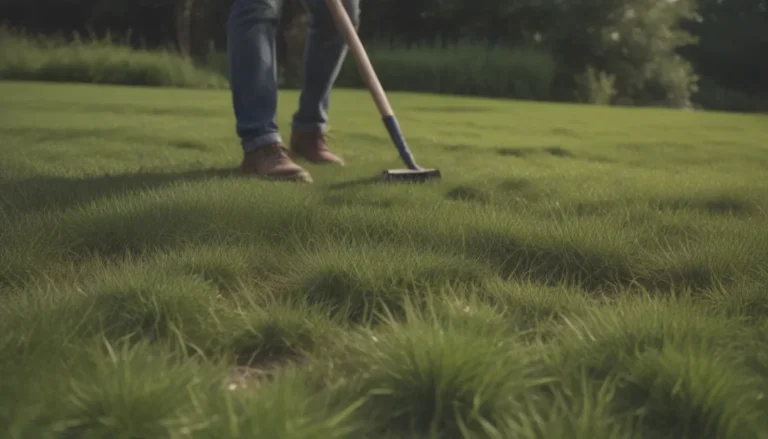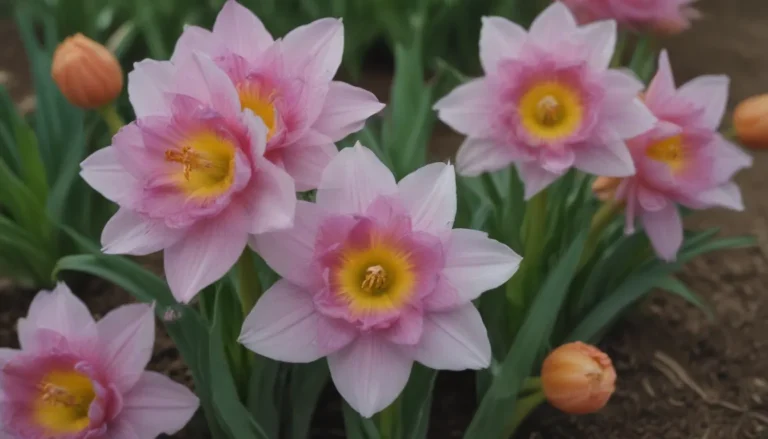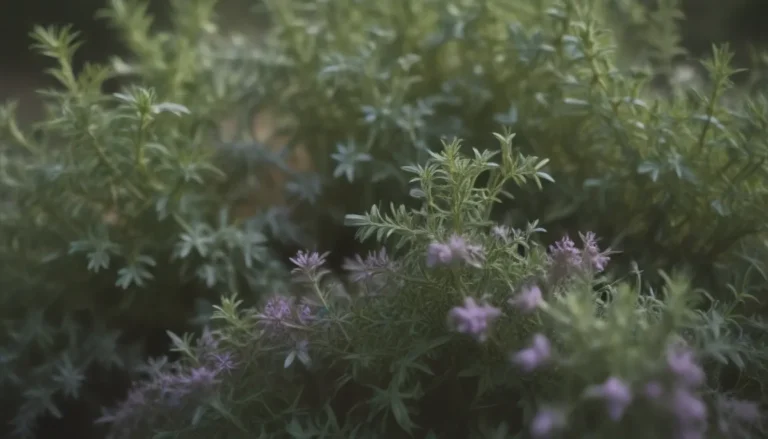The Ultimate Guide to Growing and Caring For Indoor Cacti
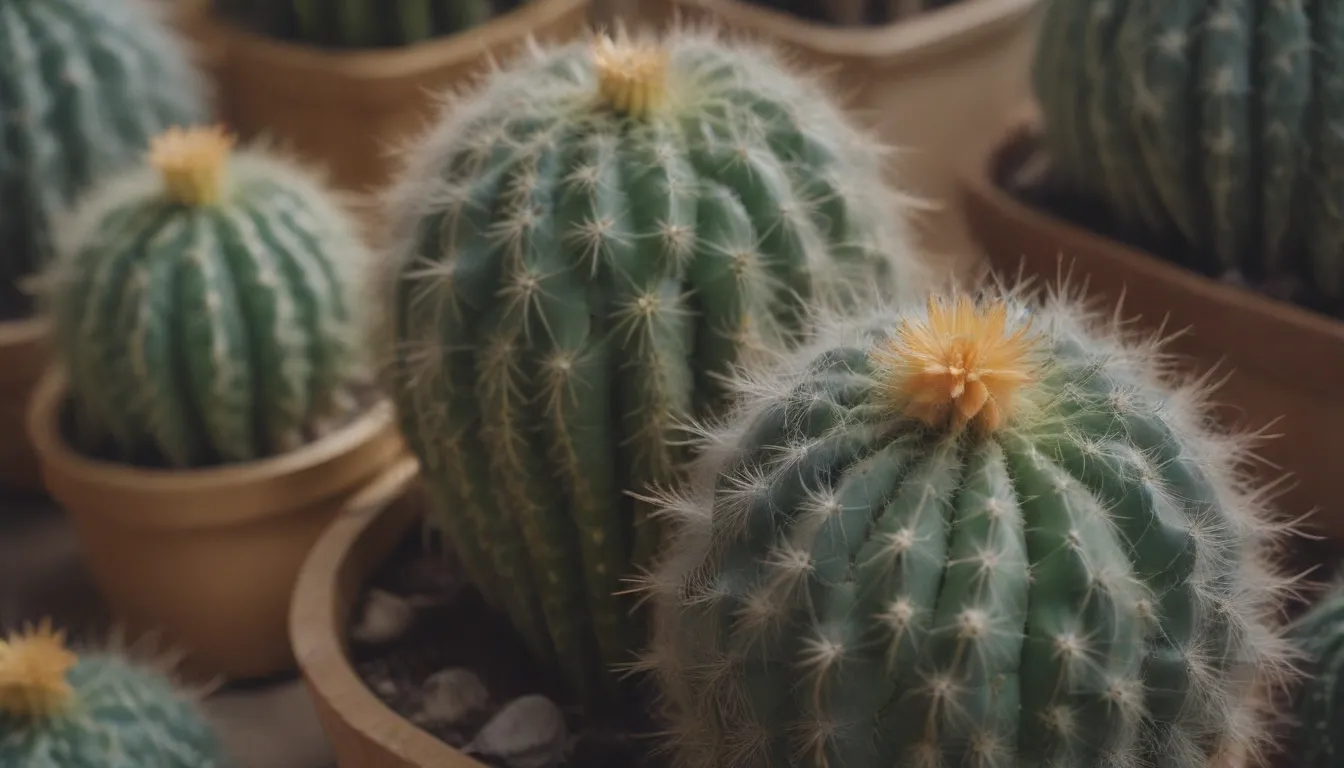
Are you looking to add some unique and low-maintenance greenery to your home? Look no further than indoor cacti! These fascinating plants come in various shapes and sizes, making them a perfect addition to any indoor space. Whether you’re a seasoned plant parent or just starting out, indoor cacti are sure to bring a touch of desert charm to your home.
Why Choose Indoor Cacti?
Indoor cacti are a popular choice for houseplants for several reasons:
– They are among the sturdiest of all houseplants
– They come in a wide variety of sizes and shapes
– Many cacti produce beautiful blooms
– They require minimal maintenance
Types of Indoor Cacti
When it comes to indoor cacti, there are two main groups to consider: desert cacti and forest cacti. Desert cacti typically have spines or hair and are shaped like paddles, balls, or obelisks. On the other hand, forest cacti hail from sub-tropical regions and grow in wooded areas. Some popular types of indoor cacti include:
– Bunny Ear Cactus: This cactus gets its name from its unique shape, which resembles bunny ears. It is easy to care for and adds a whimsical touch to any space.
– Old Lady Cactus: This variety of cactus has long, white spines and produces lovely pink flowers. It is a great choice for those looking for a more traditional cactus look.
– Star Cactus: True to its name, this cactus features star-shaped clusters of spines. It is a striking addition to any indoor garden.
Indoor Cactus Care Tips
Taking care of indoor cacti is relatively simple, but it’s essential to understand their specific needs to ensure they thrive. Here are some essential care tips for growing indoor cacti:
Light
- Cacti require four to six hours of bright sunlight daily.
- Some species can burn in direct sunlight, so opt for filtered bright light in the summer and direct light in the winter.
- Consider moving your cactus outdoors during the summer for ample light requirements.
Soil
- Desert cacti prefer a fast-draining soil mix designed for cacti.
- Forest cacti can grow well in regular potting soil but ensure it is well-draining.
- Consider amending the soil with sand, pebbles, or perlite to increase drainage and aeration.
Water
- Water your cactus every ten days during the spring and summer, allowing the water to drain thoroughly.
- Reduce watering to once every four weeks in the winter, when the plant is in its rest period.
- Ensure the soil is dry to the touch between waterings in the summer and mostly dry in the winter.
Temperature and Humidity
- Cacti prefer temperatures ranging from 70 to 80 degrees Fahrenheit.
- In the winter, provide a cool-down period with temperatures near 55 degrees Fahrenheit.
- Maintain average humidity levels, with forest cacti preferring slightly more humidity than desert varieties.
Fertilizer
- While cacti can survive harsh conditions without fertilization, some organic cactus fertilizers can benefit their growth.
- Fertilize your cactus two to three times a year during the growing season, following the manufacturer’s recommendations.
- Reduce or eliminate fertilization during the winter months.
Propagation and Pruning
If your cactus produces offshoots, you can propagate new plants from them. Most offshoots grow at the base of the plant or along the stem. Harvesting and propagating these offshoots not only benefits the health of the mother plant but also allows you to create new plants. Additionally, pruning is generally not necessary unless you are trying to control the growth of your cactus. Remove any dead or damaged parts with clean, sharp garden shears. Remember to wear protective gloves to avoid injury during the process.
Growing Indoor Cacti From Seed
Growing cacti from seed can be a rewarding but patience-testing experience. Cactus seeds need to be stratified before planting, and they require specific care to germinate successfully. Follow these steps to grow indoor cacti from seed:
1. Stratify the seeds by placing them in moistened peat and storing them in the refrigerator until they crack open.
2. Plant the seeds in cactus potting mix as deep as they are wide.
3. Water lightly and cover the pot with plastic, placing it in a bright location out of direct sun.
4. Germination typically occurs in about three weeks, after which you can remove the plastic covering.
Potting and Repotting Cactus
Cacti are slow-growing plants that rarely need repotting. They actually thrive when slightly root-bound. Repot your cactus at the beginning of the growing season only when it needs fresh soil or is suffering from rot. Here’s how to repot your cactus:
1. Wear protective gloves and remove the plant from its current pot.
2. Fill a new pot with fast-draining cactus potting mix.
3. Replant the cactus, backfilling around the sides and lightly watering.
Overwintering Tips
Indoor cacti require special care during the winter, including less frequent watering and reduced fertilization. Ensure your cactus remains in a sunny window to thrive during the winter months. Stop fertilization during this dormancy period and reduce watering to once a month at most.
Common Pests and Diseases
Like all plants, cacti can be susceptible to pests and diseases. Common issues include infestations of mealybugs, scales, fungus gnats, and spider mites. It’s essential to monitor your cactus for signs of pests and take action promptly. Some tips for dealing with common cactus problems include:
– Carefully washing pests off using a spray from the sink hose or cotton swabs
– Treating fungal rot with a diluted hydrogen peroxide solution
Getting Your Indoor Cactus to Bloom
While not all indoor cacti bloom, providing the right conditions can encourage flowering. To help your cactus bloom, recreate its natural habitat by providing warm daytime temperatures, cool nighttime temperatures, and ample sunlight. Remember to reduce watering and fertilization during the plant’s dormancy period to encourage blooming.
Common Problems with Indoor Cacti
Overwatering in the winter is a common mistake that can lead to rot in indoor cacti. Additionally, using non-organic fertilizers can damage your plant over time. Physical injury, such as bumps that lead to infection, is another potential issue. To prevent these problems, ensure your cactus is healthy and well-cared for.
In conclusion, indoor cacti are versatile and beautiful plants that can add a unique touch to your home. By following these care tips and guidelines, you can enjoy the beauty of indoor cacti while providing them with the care they need to thrive. So go ahead, bring a little piece of the desert into your home with these fascinating plants!
